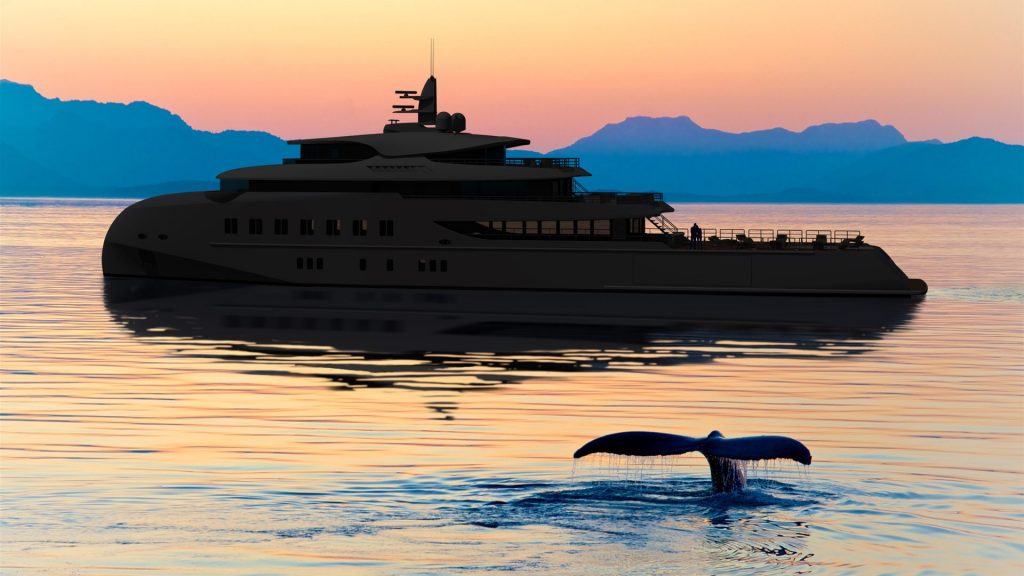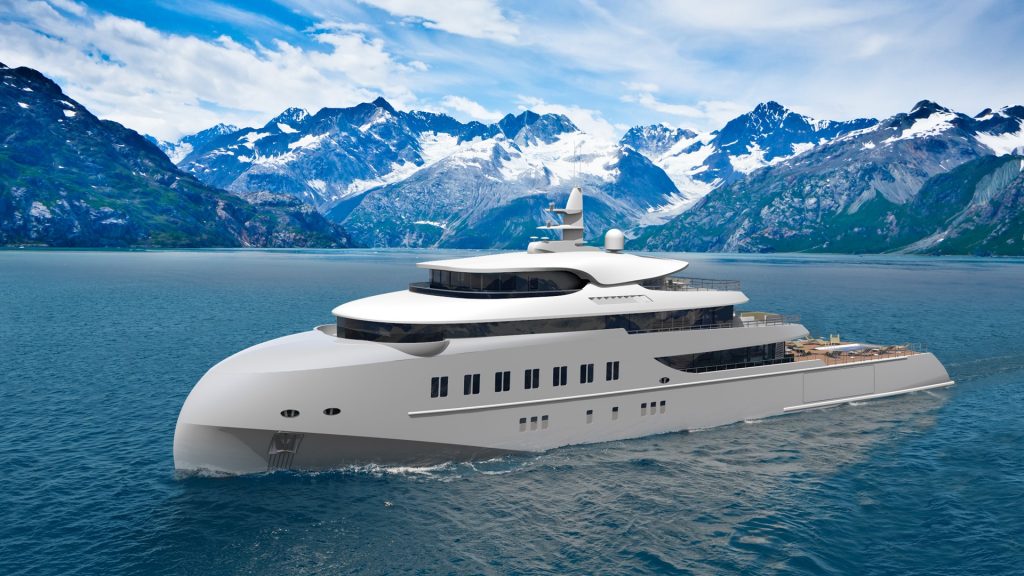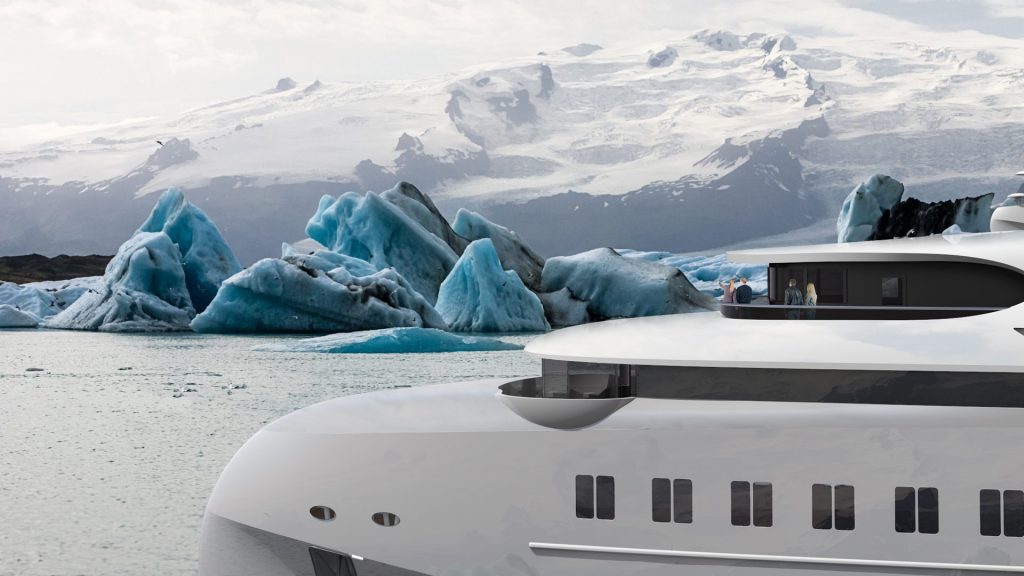Since the nineteenth century, luxury yachts have always been a cherished status symbol for the ultra-wealthy. Widely recognised as the first true superyacht, M/Y Mahroussa, built in 1865, is still in service today. Whilst M/Y Mahroussa has stayed much the same over the past 150 years, the wider superyacht industry has experienced phenomenal change.
Superyachts – loosely defined as yachts over 130ft in length – have become increasingly sophisticated, complicated, expensive and bigger.
Patrons now expect their yachts to come with a selection of elaborate facilities including hot tubs, steam rooms and cinemas. However, in many cases, these extravagant designs have driven up the cost of superyachts without adding any value. Many potential owners are finding these high costs, increasingly unacceptable. They regard yachts as toys whose cost has become untenable.
My entire career has been spent either on the ocean or close to it, so these frustrations with the limitations of the modern superyacht resonate deeply with me. I’ve been at the helm of large yachts and expedition cruise ships for more than 30 years, serving as the master of prestigious private yachts such as M/Y Carinthia VII and M/Y Lady Moura. During this time, I’ve covered over 1,000,000 sea miles and sailed all of the seven oceans, including numerous cruises to Antarctica, the Arctic Ocean, the Northwest Passage and the Amazon River.
Observing the congested marinas of the Mediterranean over the last few years has led me to ask some probing questions of the industry. The Mediterranean has only 4% of the world’s coastlines, but 70% of yacht traffic – why is this?

Modern superyachts are mostly designed for coastal cruising and calm seas. They have limited range, and with increasingly sophisticated engineering requiring constant shore support services, their voyaging limitations are clear. The resultant season is short, and this has led to the average superyacht being used for only 5-6 weeks of the year. Their owners incur monumental upkeep costs in exchange for very limited experiences and general use.
The accomplished traveller now thirsts for access over acquisition, and experiences over expense. It was on this basis that we came up with the concept of Hawk Yachts. Our yachts open an ocean of possibilities, bringing some of the most beautiful and remote locations around the world, that are only accessible by boat, within the reach of high-end traveller.
From Scott’s Hut in Antarctica, where the expedition’s boots, food and experiments are all preserved as they were when the ill-fated expedition set off, to remote indigenous villages in the Amazon rainforest with only a handful of inhabitants to the incredible Chilean fjords and the general wildlife encountered on the way, Hawk Yachts gives ocean lovers the freedom to explore the world in the utmost luxury.
We have a deep passion for sea voyages, and years of experience, which we use to design luxury yachts that can navigate the most challenging ocean environments, with immersive experiences and functionality built from the inside out. Though our yachts have the capability for world cruising, they are still beautiful in design, befitting of a place among superyachts in the most glamorous marinas of the world.
The demand for this new type of superyacht is increasing with builders slowly turning their attention towards reinforced hulls, longer range and numerous features which allow owners to venture further afield. There are, however many pretenders.

Noticing this growing trend of owners with a greater appetite to explore the world, we’ve built yachts which are built at a significantly reduced price and allow for a year-round season. The combination of these elements gives the potential for substantial investment return through charter in a market ripe for change. We believe this concept will attract a new type of owner and increase the market penetration as a whole.
There’s no reason why vessels of this type should cost ten times more per m³ to build than luxury cruise ships. We build using commercial engineering where we can and superyacht quality where we should; using the highest quality commercial shipyards in countries that offer high value to drive down costs and make superyachts a viable investment proposition to UHNWIs.
Currently, only 2.4% of those who can afford a superyacht own one, and sales are lagging behind the growth of UHNWIs, but given a proper investment strategy, this trend can be reversed. By challenging the status quo through our focus on value, seaworthiness, extended range and robust engineering, we have designed yachts that reflect the mindset of the new future owner.
The time is right for a new concept in superyachting, one with value, purpose and based on an investment model.











